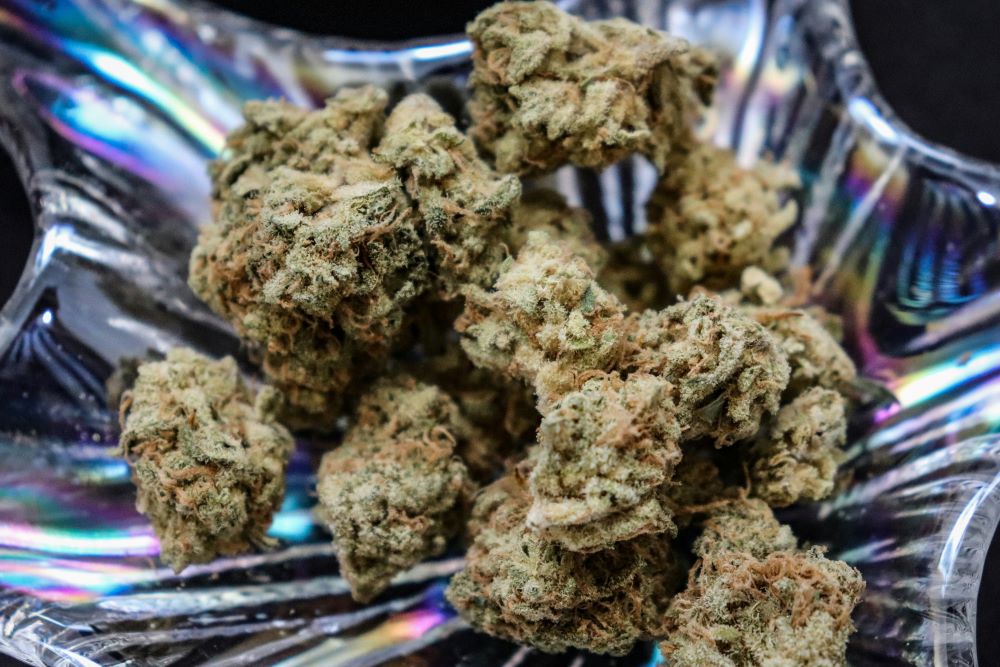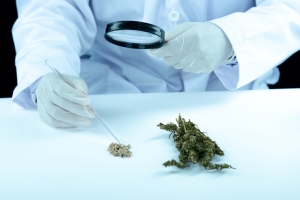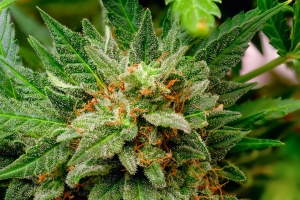What Is The Entourage Effect?
The entourage effect is a captivating concept in cannabis research that elucidates how various compounds within cannabis plants collaborate to produce more potent effects than when consumed individually. This cooperative interaction takes place when cannabinoids, terpenes, and other elements combine, amplifying the advantages of each constituent. Grasping the concept of the entourage effect is crucial for individuals intrigued by the therapeutic potential of cannabis sativa. The comprehensive array of compounds present in cannabis may deliver more substantial health benefits, particularly when compared to isolated compounds.
Whether you are exploring its medical applications or simply curious about its mechanisms, this article will provide a comprehensive overview of what is the entourage effect and its significance within the realm of cannabis.
Definition of the Entourage Effect
The entourage effect refers to how the various compounds in cannabis plants, such as cannabinoids, terpenes, and flavonoids, work together to create a more potent overall effect. Instead of each compound acting alone, they interact in a way that enhances their individual benefits.
For instance, when THC and CBD are used together, they may provide more significant pain relief or anxiety reduction than when used separately. This synergy is what makes full-spectrum cannabis products, which contain a wide range of these compounds, so effective. Scientists and health professionals are increasingly interested in how the entourage effect could be harnessed to develop treatments with fewer side effects and better results for patients.
Historical Background
In the late 1990s, researchers delved into the interactions among various compounds within cannabis plants, giving rise to the concept of the entourage effect. Dr. Raphael Mechoulam, a renowned cannabis researcher, made significant contributions to unraveling how cannabinoids such as THC and CBD exhibit enhanced efficacy when combined.
His findings shed light on the entourage effect, revealing that combining these compounds can yield more profound therapeutic benefits. This breakthrough led to a greater comprehension of the entourage effect, with many experts now asserting that leveraging the full spectrum of compounds in cannabis sativa can yield superior outcomes while minimizing adverse effects.
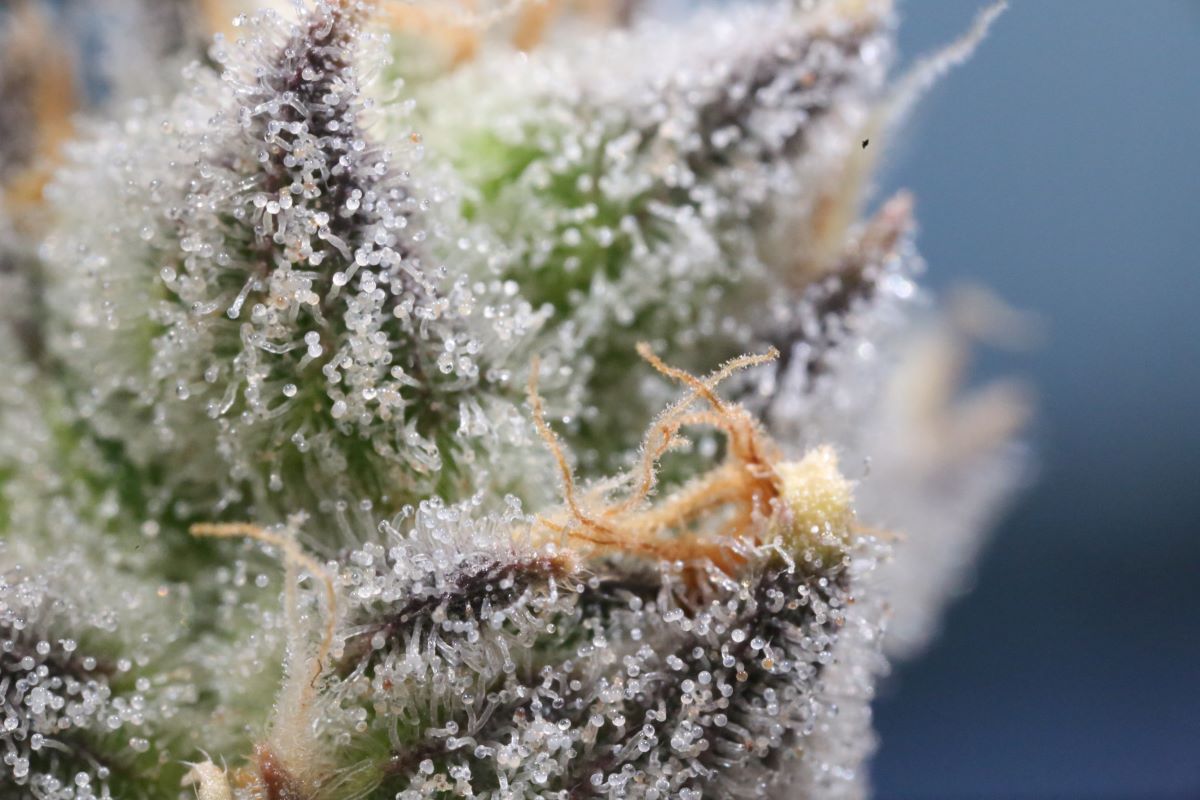
Scientific Basis of the Entourage Effect
The entourage effect is a key concept in cannabis science, showing how cannabinoids, terpenes, and flavonoids work together to enhance therapeutic benefits. This synergy creates more potent effects than any single compound, making full-spectrum cannabis products particularly effective. Researchers are studying these interactions to develop more personalized treatments. Understanding the entourage effect is crucial for maximizing cannabis benefits while minimizing side effects.
Explanation of Cannabinoids, Terpenes, and Flavonoids
Cannabinoids, terpenes, and flavonoids are key compounds in cannabis that contribute to the entourage effect.
- Cannabinoids: Compounds like THC and CBD interact with cannabinoid receptors in the body. THC binds to CB1 receptors in the brain, causing psychoactive effects, while CBD interacts with CB2 receptors in the immune system, offering anti-inflammatory benefits.
- Terpenes: These aromatic compounds give cannabis its distinct scent and modify how cannabinoids affect the body. For example, myrcene enhances THC’s ability to cross the blood-brain barrier, intensifying its effects.
- Flavonoids: Known for their antioxidant properties, flavonoids contribute to the color and flavor of cannabis, adding another layer to its therapeutic potential.
Interaction Between Different Compounds
The entourage effect occurs through the interaction of cannabinoids, terpenes, and flavonoids, amplifying or modifying each other’s effects.
- Synergistic Effects: Combining THC and CBD often produces better therapeutic outcomes than using them separately. For instance, CBD can reduce some of THC’s psychoactive effects, leading to a more balanced experience.
- Antagonistic Effects: Not all interactions are positive; some compounds counteract each other. For example, while THC may cause anxiety in some users, CBD can help mitigate these effects, offering a calming balance. This understanding is vital for creating cannabis products tailored to specific needs.
Mechanisms of Action
The entourage effect operates through complex mechanisms within the body, primarily involving receptor binding and enzymatic interactions.
- Receptor Binding: Cannabinoids like THC and CBD bind to cannabinoid receptors in the brain and body. CB1 receptors are primarily found in the brain, where THC binds to produce psychoactive effects. CB2 receptors are located in the immune system, where CBD’s anti-inflammatory properties come into play. Terpenes can modify how these cannabinoids interact with the receptors, enhancing or altering the effects.
- Enzymatic Interactions: Enzymes in the body break down cannabinoids, influencing how long their effects last. CBD, for instance, inhibits the enzyme FAAH, which breaks down the endocannabinoid anandamide. This inhibition prolongs the effects of anandamide, enhancing the therapeutic benefits of cannabis. Understanding these enzymatic interactions is crucial for maximizing the efficacy of cannabis-based treatments.
The entourage effect is the interaction between cannabinoids, terpenes, and flavonoids, leading to enhanced therapeutic effects. This synergy, through receptor binding and enzymatic interactions, explains why full-spectrum cannabis products often outperform isolated compounds. Understanding this interaction is key to creating effective cannabis treatments that maximize benefits and minimize side effects.
Key Components of the Entourage Effect
The entourage effect relies on the interaction of various compounds within cannabis to enhance its therapeutic potential. Each of these components contributes uniquely to the overall effect, working together to provide a more balanced and effective experience. Let’s explore how these key compounds interact to create the full spectrum of benefits in cannabis.
Major Cannabinoids
Cannabinoids like THC and CBD are central to the entourage effect.
- THC (Tetrahydrocannabinol): THC is known for its psychoactive effects, binding to CB1 receptors in the brain and causing euphoria and altered perception. When combined with CBD, THC’s impact can be more balanced, reducing potential side effects like anxiety.
- CBD (Cannabidiol): CBD is non-psychoactive and is praised for its therapeutic benefits, such as reducing inflammation and anxiety. It interacts with CB2 receptors in the immune system and modulates THC’s effects, contributing to the full spectrum of benefits seen in cannabis use.
Common Terpenes
- Myrcene: Myrcene, known for its earthy aroma, enhances THC’s calming and pain-relieving effects by increasing its absorption.
- Limonene: Limonene offers a citrus scent and is linked to mood enhancement and stress relief, often found in strains used to manage anxiety.
Role of Flavonoids
- Function: Flavonoids give cannabis its color and contribute to its antioxidant properties, helping reduce inflammation.
- Synergy: These compounds work alongside cannabinoids and terpenes, enhancing the overall therapeutic effects.
Understanding these components helps explain how they work together to create a more effective and balanced therapeutic experience through the entourage effect.
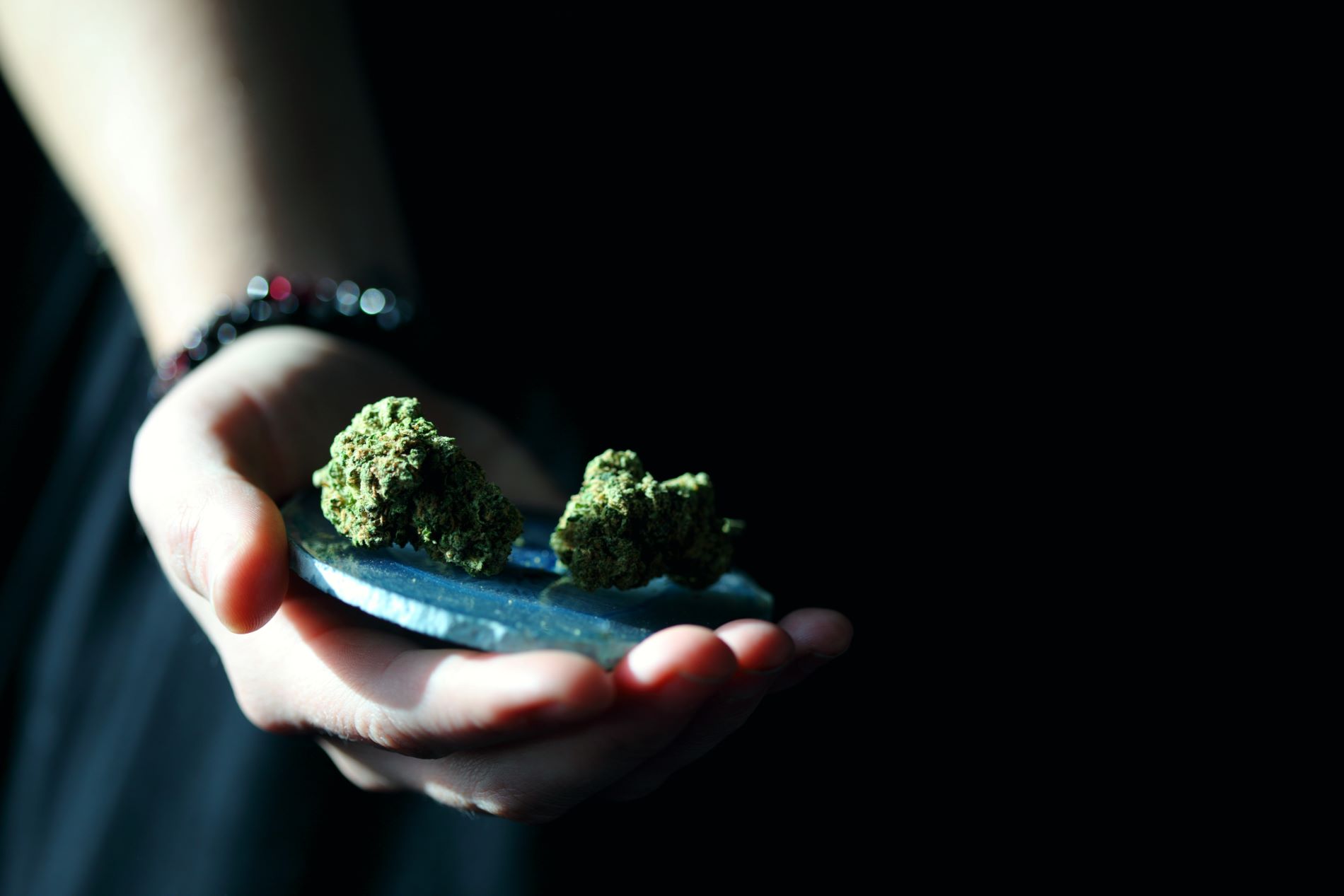
Applications and Implications of the Entourage Effect
The combined action of various cannabis compounds has far-reaching implications for how cannabis is used across different domains. Whether for medical treatments, recreational enjoyment, or commercial innovation, this synergistic effect enhances the overall benefits of cannabis, making it more effective and desirable. Below is an overview of its applications:
Medical Use
The entourage effect has a powerful impact on how medical cannabis is used, enhancing the therapeutic benefits of various compounds found in cannabis.
- Pain Management: THC and CBD work together to relieve chronic pain. THC alters the brain’s perception of pain, while CBD reduces inflammation and modulates THC’s effects, making the treatment more effective.
- Neurological Conditions: This effect is crucial in treating neurological issues like epilepsy and multiple sclerosis. CBD, known for its anticonvulsant properties, becomes more effective when combined with THC, helping to control seizures and reduce muscle spasms.
- Psychological Conditions: For conditions like anxiety and PTSD, the entourage effect is especially beneficial. CBD’s calming influence, combined with the different terpenes, helps reduce anxiety without causing the high associated with THC, allowing patients to function normally throughout their day.
Recreational Use
The entourage effect also enhances the recreational experience of cannabis users.
- Enhanced Effects: Recreational users often seek out cannabis strains that offer a richer experience. The combination of THC with other cannabinoids and terpenes creates a more nuanced and enjoyable high, providing both euphoria and relaxation.
- Consumer Preferences: As more consumers become educated about cannabis, there is a growing preference for products that utilize the entourage effect. Full-spectrum products, which contain a mix of cannabinoids and terpenes, are increasingly popular because they offer a more complete and satisfying experience compared to isolated compounds.
Industrial and Commercial Impact
The entourage effect is driving innovation and growth in the cannabis industry.
- Product Development: Companies are focusing on creating full-spectrum products that capitalize on the entourage effect. This includes a range of products, from oils and tinctures to edibles and essential oils infused with cannabis compounds. These products cater to both medical and recreational users who seek the full benefits of cannabis.
- Market Growth: The emphasis on the entourage effect is fueling market expansion. As more consumers demand products that offer the full benefits of cannabis, businesses are investing in research and development to meet this need. This trend is not only shaping the cannabis market but also driving innovation in product offerings.
Understanding the entourage effect helps both consumers and businesses maximize the benefits of cannabis, whether for medical, recreational, or commercial use.
Controversies and Criticisms of the Entourage Effect
The entourage effect is a popular concept in cannabis research, but it faces significant skepticism and challenges that need addressing.
Skepticism Within the Scientific Community
Many researchers question the validity of the entourage effect due to the lack of robust evidence. Much of the current support comes from anecdotal reports or studies on animals, which may not accurately represent human experiences. The variability in cannabis strains and the absence of standardized testing methods add to the uncertainty, leading some scientists to call for more controlled studies before fully accepting this concept.
Methodological Challenges in Research
Researching the entourage effect is complex due to several factors:
- Cannabis Complexity: With hundreds of compounds in cannabis, isolating and studying their interactions is challenging.
- Lack of Standard Methods: The absence of standardized research methods results in inconsistent findings, making it difficult to draw clear conclusions.
- Regulatory Hurdles: Obtaining approval for cannabis research can be a slow and complicated process, further hindering progress.
Regulatory and Legal Issues
The legal status of cannabis varies globally, complicating research efforts. In many regions, strict regulations limit large-scale clinical trials needed to explore the entourage effect fully. Although the Food and Drug Administration has approved some cannabinoid-based drugs, many potential treatments remain unexplored due to these legal barriers.
These controversies highlight the need for more rigorous research and clearer legal frameworks to understand better and utilize the entourage effect in both medical and recreational cannabis use.
Understanding the legal and medical landscape of cannabis can be challenging. Our medical marijuana doctors are here to help you navigate these complexities, offering reliable certification services and expert guidance.
Conclusion
The entourage effect is a powerful concept in cannabis research, highlighting how cannabinoids, terpenes, and flavonoids work together to enhance therapeutic benefits. Despite some skepticism and research challenges, the potential of this effect in both medical and recreational use is significant. Understanding what is the entourage effect allows us to appreciate the complexity of cannabis and its applications, making it a vital area for continued research and exploration.
